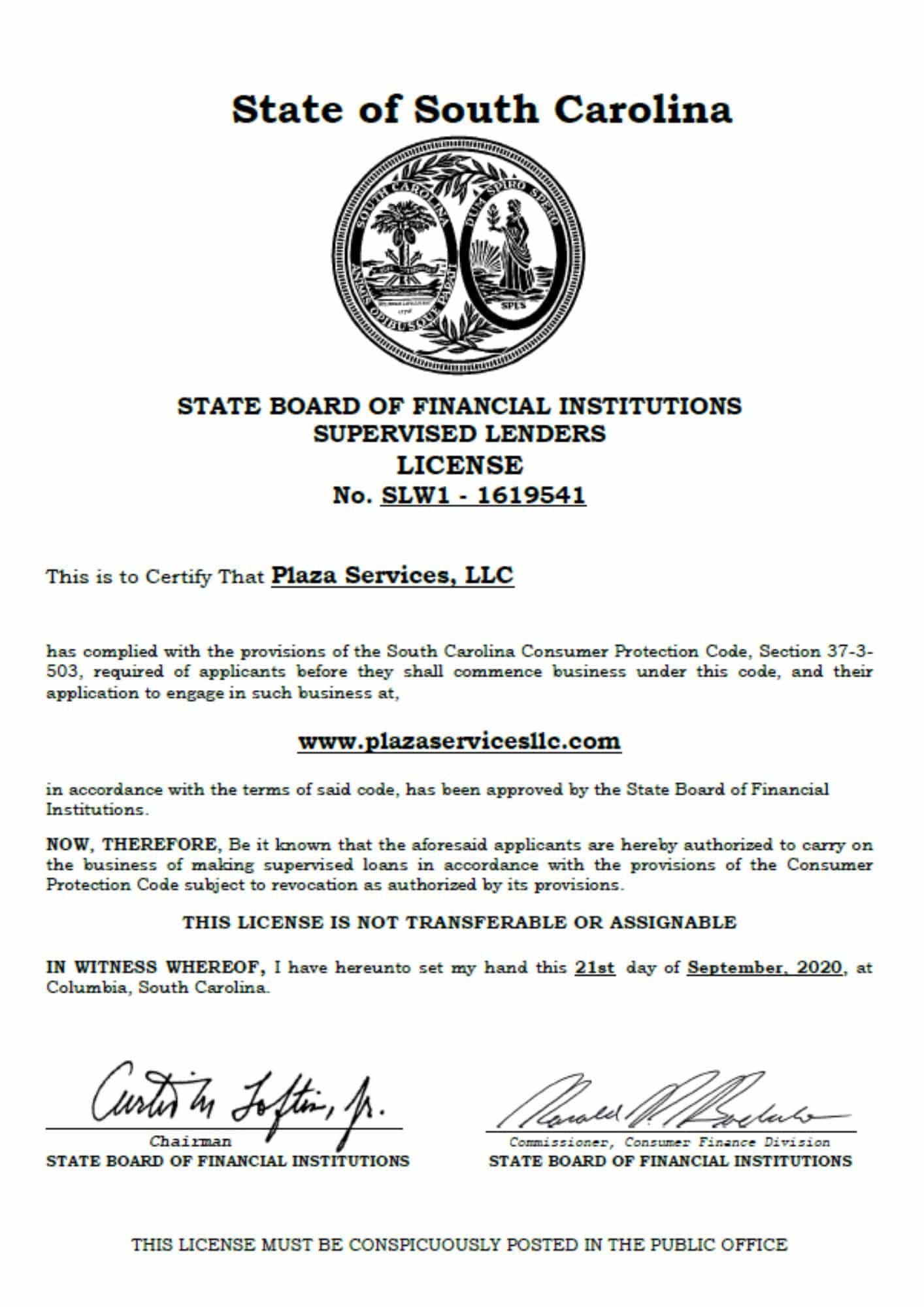Is the auto industry at a crossroads? With over 37,000 franchises and 60,000 independent dealers, the auto industry is a major pillar of today’s economy. Yet, recent trends point to an industry in flux: a mounting $1.5 trillion in auto-related debt in the U.S., soaring default rates, and the dramatic rise of the secondary market.
What’s behind these shifts? How are big lenders and small lenders responding differently to the challenges and opportunities they present?
This blog delves deep into the dynamics of the auto industry, unpacking the evolving auto lending landscape, examining the state of debt in the auto industry, and exploring the new horizons opening up for debt buyers and collection agencies. Join us as we navigate the intricate pathways of this vital sector.
The Lending Landscape: Big Lenders vs. Small Lenders
In the vast ecosystem of the auto industry, lenders stand as pillars, influencing the flow of capital and, by extension, the health of the sector. But not all lenders are created equal, and the distinction between major and minor players paints a picture of strategic divergence.
Major lenders have a more extensive reach and often command a dominant presence in the industry. Their operations, typically spread nationally, allow them to tap into broader economic trends, ensuring a steady stream of financing. Their larger capital reserves equip them to innovate, invest in technology, and even weather economic downturns with relative stability. It’s no wonder then that in recent times, these major players have shifted their focus, selling less but servicing and placing more accounts.
Conversely, the world of small lenders is a different arena altogether. With the explosion of the secondary market, opportunities have burgeoned for more region-specific lending options. The agility of these smaller entities allows them to tap into niche markets, offering customized lending solutions tailored to local needs. Their portfolios might not match the volume of bigger institutions, but the sheer number of such lenders compensates, providing a huge network of financial avenues.
Debt Dynamics: The Underlying Stories Behind Rising Figures
Delving into the financial depths of the auto industry, the sheer volume of debt stands out. With $1.5 trillion in the U.S. alone, there is a web of transactions, lending practices, and consumer behaviors. Beyond this number lies the crucial statistic of default rates, currently at 6.11%, the highest in over a decade.
Such rising default rates aren’t merely isolated occurrences. They echo many economic, societal, and industry-specific challenges. External factors, such as manufacturing hiccups and inflations, coupled with internal industry dynamics, like the burgeoning secondary market, play pivotal roles. These rates, alarming as they are, also open windows into understanding delinquencies and the nuances of “Charged Off” accounts.
Navigating this financial maze requires smart strategies. The increasing default rates necessitate not just caution but also a re-evaluation of lending practices, risk assessment methodologies, and consumer engagement strategies. The challenge lies not just in understanding these numbers but in decoding the stories they tell, ensuring the industry remains resilient and robust in the face of evolving challenges.
The Big Lenders: Navigating the Current of Auto Loans
For years, major auto lenders have stood as titans in the industry, often dictating trends and steering market dynamics. Since 2012, a noticeable transformation in their modus operandi has emerged. Rather than focusing solely on sales, there’s been a conscious move toward servicing and placing more accounts. This shift isn’t just a change in numbers but signifies a deeper strategic recalibration.
Given their expansive reach, these lenders often benefit from sophisticated scoring mechanisms prior to origination, ensuring a more informed lending decision. This strength is further bolstered by their ability to maintain a higher value of outstanding securities, a vital aspect when it comes to handling both performing and charged-off accounts. However, as is the nature of any industry giant, they face their set of challenges.
The barriers to entering new markets, made worse by rising inflation and manufacturing roadblocks, can stifle growth. In such scenarios, the secondary market, once a sideline player, now becomes central to their strategies, potentially offering alternate avenues of revenue and engagement.
Small Lenders: The Agile Players in a Growing Arena
As the auto industry evolves, the secondary market’s growth has been remarkable. In this space, small lenders have found their niche, thriving amidst the opportunities it presents. By offering tailored solutions specific to regional nuances, they’ve managed to create a distinctive identity separate from their larger counterparts.
The flexibility of small lenders shines through their adaptability. Although the volumes of their individual portfolios might not rival the giants in the field, they benefit from the sheer diversity and number of private lending channels available. These facilities provide a more granular, localized touch to lending, fostering deeper connections with communities and specific consumer segments.
Furthermore, there’s an interesting trend within these smaller lending circles. While ‘Buy Here Pay Here’ (BHPH) and similar subprime accounts may initially seem less lucrative due to a potentially lower collateral value, they hold a hidden gem.
Vehicles in the $3,000-$4,000 wholesale bracket are emerging as hot commodities. Their appeal in the remarketing domain underscores the fact that value in the auto industry doesn’t always come from the most obvious quarters. It’s these insights and agile strategies that position small lenders as pivotal players in the ever-evolving landscape.
Conclusion: Steering Through Challenges and Opportunities
The auto industry is a cornerstone in our economy. With the weight of a $1.5 trillion debt and rising default rates, it’s clear that challenges are ahead. Big lenders are adapting, emphasizing serving and account placements. Their continued dominance hinges on their ability to innovate and remain resilient.
By leveraging their ability to make significant inroads in the secondary market, though, small lenders are emerging as pivotal contributors. Their ability to tap into localized needs while staying nimble underpins their growing importance in the industry’s ecosystem. Small lenders have a unique positioning that provides a counterbalance, highlighting the diverse strategies at play in the industry.
Navigating 2024 and beyond will require a blend of adaptability, foresight, and strategic insight from all players. As we continue to delve into the intricacies of this vast sector, the industry’s resilience and innovative spirit will undoubtedly guide its path forward, ensuring it remains a robust pillar of the economy.
About Plaza Services, LLC
Plaza Services, LLC is a nationally licensed, professional receivables management firm located in Atlanta, GA. We are a Certified Receivables Business (CRB) by Receivables Management Association International and specialize in the acquisition and servicing of consumer and commercial portfolios. Plaza Services delivers quick portfolio evaluations, seamless transaction execution, and clear accountability after the sale. As a SOC 2 certified receivables management firm, we are committed to the security, confidentiality, and safety of our consumers’ information.







